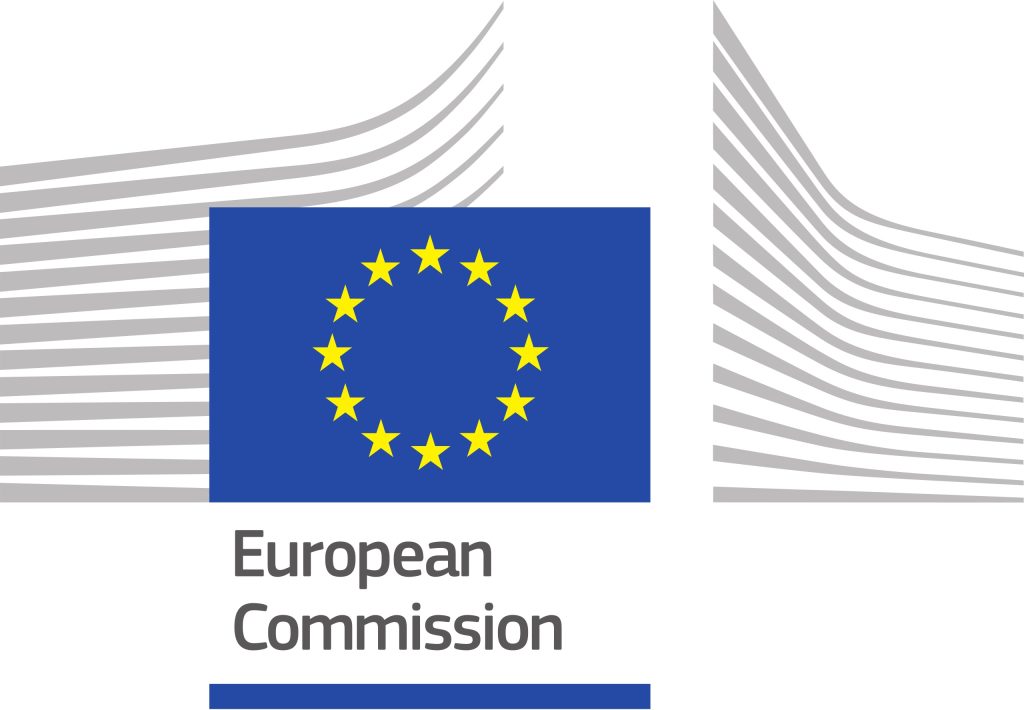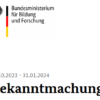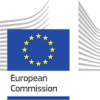
PV-integrated electric mobility applications
ExpectedOutcome:
Photovoltaic power generation is pivotal to a clean energy system and the achievement of the net zero-emissions target. To this end, it is important to enhance affordability, sustainability and exploit the modularity and synergies of application of PV technologies.
Consequently, project results are expected to contribute to all of the following expected outcomes:
- Open new market opportunities for Vehicle-Integrated Photovoltaics (VIPV) in road transport.
- Reduce usage of the electricity grid and increase the range of electric vehicles.
- Cost and energy efficient climate-neutral road transport.
Scope:
PV technology can contribute to improved features of electric mobility systems not just in terms of CO2 (and air-pollution) emissions reduction but also regarding product aesthetics and user experiences. Proposals are expected to:
1. Demonstrate Vehicle Integrated PV concepts (VIPV),
- Including different cell, interconnection and encapsulation technologies (with high efficiency under lower and varying lighting conditions) having a flexible design (size, shape/curvature, lightweight, aesthetics) and antifouling property, with PV providing a significant part of the vehicle’s energy consumption under various climatic conditions.
- Considering cost optimisation and environmental friendliness of VIPV integration that meets automotive specifications and safety/repair/maintenance standards (crash, emergency, resistance, reliability, long-lasting lifetime and high number of lifecycles) for various types and vehicle uses (including the provision of grid services);
- With a vehicle usage model that maximises the ratio of using solar power and performance for VIPV, considering various light intensity variations, climatic conditions and uses while minimising energy losses.
- Involving multidisciplinary consortia including at least one vehicle manufacturer.
2. Demonstrate PV Charging Stations (EVs, electric buses, etc.) able to provide a significant part of the charging demand despite the PV intermittence, guarantee the balance of the public grid, and reduce the public grid energy cost, with optimal charging/discharging start time for EVs, through its arrival time, departure time, initial and final state of charge (SOC), to achieve peak shaving, valley filling and other types of grid services, while reducing the costs of energy from the public grid.
A plan for the exploitation and dissemination of results should include a strong business case and sound exploitation strategy, as outlined in the introduction to this Destination. The exploitation plan should include preliminary plans for scalability, commercialisation, and deployment (feasibility study, business plan) indicating the possible funding sources to be potentially used (in particular the Innovation Fund).
Applicants can seek possibilities of involving the EC JRC. The JRC may provide characterisation, validation and certification of the performance of photovoltaic solar devices. It may also perform pre-normative research to develop appropriate characterisation methods for such devices as a precursor to the adoption of international standards as well as addressing stability, lifetime and environmental issues. This task shall be performed within the European Solar Test Installation (ESTI) an accredited ISO17025 calibration laboratory for all photovoltaic technologies.
Specific Topic Conditions:
Activities are expected to achieve TRL 6-7 by the end of the project – see General Annex B.
General Information
Consequently, project results are expected to contribute to all of the following expected outcomes:
Open new market opportunities for Vehicle-Integrated Photovoltaics (VIPV) in road transport.
Reduce usage of the electricity grid and increase the range of electric vehicles.
Cost and energy efficient climate-neutral road transport.






PV-integrated electric mobility applications 0 reviews
Login to Write Your ReviewThere are no reviews yet.